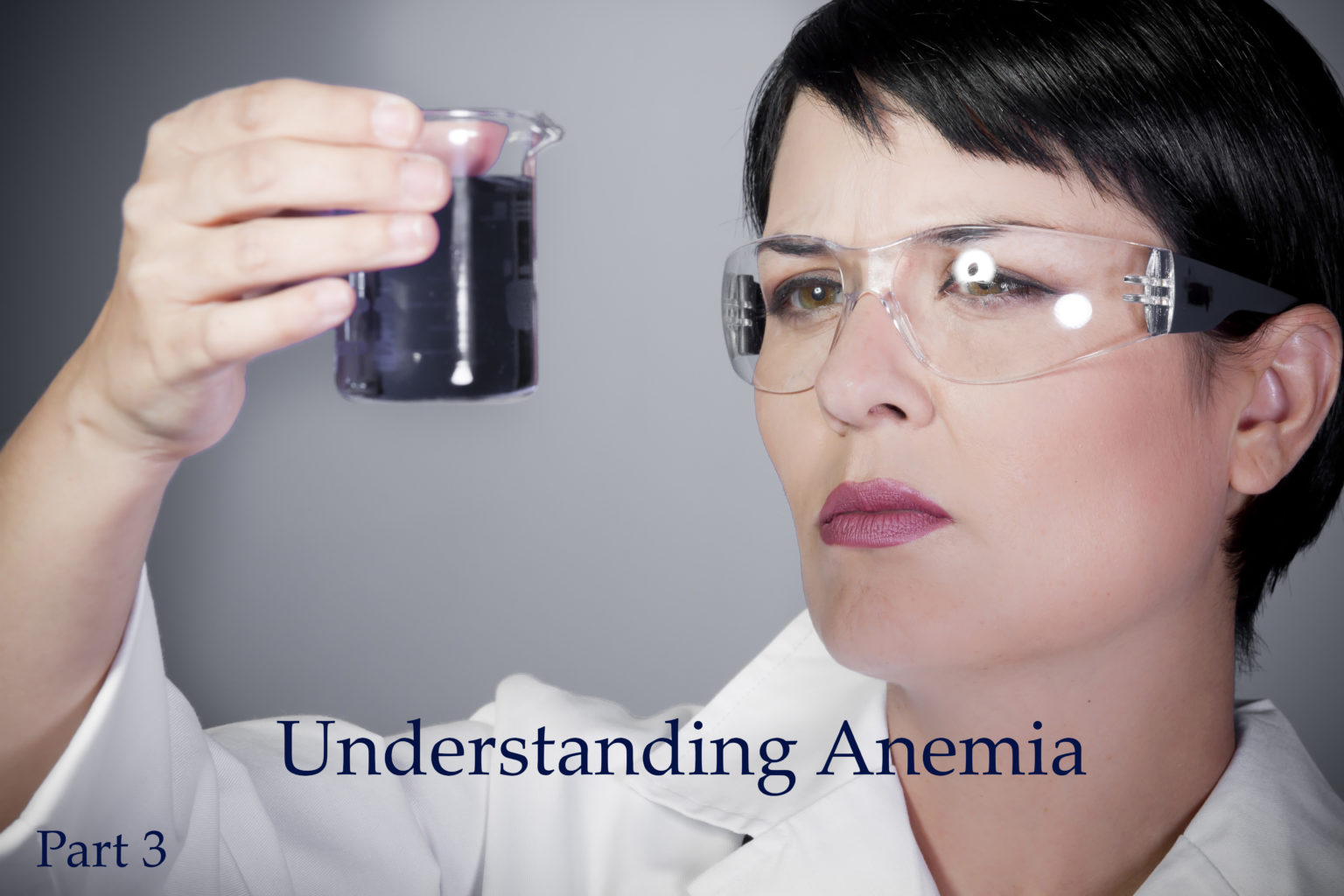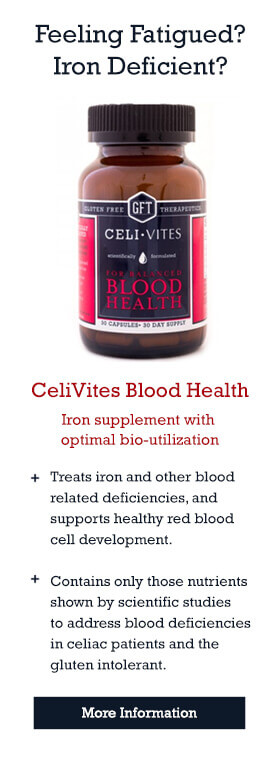
Symptoms and Treatments for Iron Deficiency Anemia
In our series “Understanding Anemia” we take a deep dive into iron deficiency anemia. In part 1 we discuss why our bodies need iron, in part 2 we look at the effect that iron deficiency anemia has on our bodies, and here in part 3 we look at the symptoms and treatments for iron deficiency anemia.
Typical Signs and Symptoms of iron deficiency anemia
Symptoms, of course vary by patient but there are some that are common and can serve as warning signs. Initially, iron deficiency anemia can be so mild that it goes unnoticed. But as the body becomes more deficient in iron and anemia worsens, the signs and symptoms intensify. Tell your doctor if you experience any of these symptoms that can indicate anything from low iron to severe anemia.
Iron deficiency anemia symptoms may include:
- Extreme fatigue
- Pale skin/ pallor
- Pale gums
- Weakness
- Shortness of breath
- Chest pain
- Frequent infections
- Headache
- Dizziness or lightheadedness
- Cold hands and feet
- Inflammation or soreness of your tongue
- Brittle hair and nails
- Ice chewing
- Fast or irregular heartbeat
- Unusual cravings for non-nutritive substances, such as ice, dirt, clay or starch
- Poor appetite, especially in infants and children with iron deficiency anemia
- An uncomfortable tingling or crawling feeling in your legs (restless legs syndrome)
Treatment
Let’s talk about food first
We cannot forget the value of eating good iron-rich foods. This is a condition caused by lack of nutrition after all so let’s begin at providing our body with the foods that can make a difference. Here is a list of foods that research shows are best to give us iron.
Iron Rich Foods include:
- Dark, leafy greens (spinach, collards)
- Mollusks (oysters, clams, scallops)
- Shrimp
- Tuna (if canned, purchase “water packed” and if you have soy allergy, read the ingredients label as many canned tuna has added soy; low-sodium Star Kist brand is soy-free.)
- Chicken breast
- Turkey or chicken giblets
- Lean beef
- Liver
- Artichokes
- Lentils
- Lima beans
- Peas
- Dried beans
- Squash
- Potatoes
- Broccoli
- Brussels sprouts
- Tofu
- Iron-fortified breakfast cereals (beware of gluten if you are gluten free)
- Dried fruits (apricots, peaches, raisins, dates, etc. – but be careful if you’re watching calories, as dried fruits are calorie dense foods; also be aware of cross-contamination with nuts or wheat.)
- Consuming iron-rich foods along with foods that provide plenty of vitamin C enhances the body’s ability to absorb iron in other foods.
- Vitamin C Rich Foods to Aid Iron Absorption
- Tomato
- Citrus (oranges, grapefruit, lemon, limes, etc.)
- Strawberries
- Mango
- Jicama
- Kiwi
- Red, yellow, orange peppers
Food list compiled by Gigi Stewart, MA, GlutenFreeGigi.com.
How effective is iron supplementation?
Both as prevention and treatment, iron supplementation – either taken orally or added to common food items (fortification) – is the only available option to combat low levels of iron in the body. This is an effective method to restore normal iron levels and eliminate most symptoms associated with its deficit, but there is great confusion as to what types of iron supplements offer the safest and most reliable results.
In the last post in this series, we’ll look at what different products are available and how these differ in safety and absorption rates. As a supplier of several diet supplements, GFT is very proud to use only the best products available, strongly supported by the latest medical and scientific research.
BRIEF HISTORY OF IRON SUPPLEMENTATION
Chemically, iron can be presented in two different forms – known by chemists as ferric and ferrous, of which the ferrous iron is more readily absorbed via the intestinal wall. As such, researchers worked with this form, and after some failed attempts with ferrous chloride (FeCl2) and ferrous carbonate (FeCO3), they settled on ferrous sulphate (FeSO4), ferrous fumarate (C4H2FeO4) and ferrous gluconate (C12H22FeO14).
In theory, the recommendation should be to take these products on an empty stomach, to maximize absorption rates. However, this is rarely the case, as nausea, vomiting and abdominal pain are common complaints from patients. In addition, iron supplements should not be taken at the same time as other diet supplements, as they can interfere with absorption of some minerals and vitamins, such as calcium or vitamin E and vitamin C.
Despite these limitations, these compounds are still widely available today in many diet supplementation products. However, for the past few years, researchers have been trying to revolutionize this approach. They have now developed a whole new concept for iron supplementation, claiming better absorption rates and safer products.
Iron is no longer presented to the body by itself and subject to interactions with other compounds present in the diet, but connected to an amino acid to form a complex structure called a chelate. This is a very special connection, in which amino acids “wrap” themselves around iron, forming a secure protective capsule.
This is almost like stealth technology! Unlike previous products, this form is not spotted in the stomach and can escape its acidic environment. This means it can travel unchanged directly to the point of absorption in the small intestine, where it is easily absorbed and quickly transported around the bloodstream.
CHELATE VS. NON-CHELATE
In theory, chelate products are easier to absorb and safer. In equal doses, it’s expected these chelates would have a bigger impact on iron levels compared to other forms, such as ferrous fumarate or ferrous sulphate. But is there any sound evidence to back these claims?
A chelate that has proved popular is iron bis-glycinate. The name may be complicated, but this structure is simply an iron surrounded by two copies of an amino acid called glycine. This product has been studied extensively with very positive results: not only it quickly raises iron levels but also virtually eliminates side-effects, including nausea and abdominal pain. Some studies have observed absorption rates as high as 90%.
This protective layer is like a shield and a prison combined into one: it “shields” iron against the negative effects of substances like phytates and polyphenols; but also “imprisons” iron so this element cannot interfere with other minerals and vitamins. In practical terms, this means absorption rates are not affected by diet and these supplements can be safely taken with other dietary supplements.
One last advantage refers to the fact that absorption of these forms of iron seem regulated by body reserves. The body can increase or decrease iron absorption according to needs. This may not seem important in cases of severe anemia, but for patients with mild cases of iron deficiency or using this product as preventive measure, it’s important to avoid absorbing excessive levels of iron, which may be as detrimental as low levels.
A word about CeliVites Blood health
CeliVites Blood Health is a multivitamin and multi-mineral iron supplement containing the latest ingredients developed by scientists to treat iron deficiency and its impact on general health. Designed to increase and support healthy red blood cell development.
For our form of iron, we only use chelated forms provided by Albion to maximize absorption but protect against gastrointestinal side effects. Absorption of iron chelates is regulated by body reserves, meaning this is safe to take alone or in combination with other products. We included other ingredients to assist in absorption and metabolism too. Blood health includes, Ferrochel an advanced form of chelated iron, vitamin C, folate, vitamin B2 and vitamin B12. Join the growing number of customers who have improved their ferritin and hemoglobin levels and increased their healthy red blood production.
Comments ()















